The right pontoon for your property
Picking a pontoon can sometimes be a difficult task if you are not familiar with the industry and the different connections types that can be used. Today I wanted to guide you through the different connection methods and the pontoon construction types.
Here at Aqua we have stepped outside the box a little with our Aluminium lightweight series pontoon, this pontoon doesn’t utilize concrete and is designed to suit shallow areas or high build of sand locations. It is constructed very much like a house frame using a truss system and is very commonly used across the Gold Coast as we have some very bad sand build up in canals and estuaries.
Although the Gold Coast City Council is on a 3 year cycle to dredge the canals, this is only being done to put sand up against the revetment walls in order to support them from falling over. In some areas the revetment wall is the responsibility of the GCCC, however I see a change coming in the future for this where it will be the land owners issue.
There are 3 main connection types for pontoons
These pontoons use stainless steel cables connecting in a X shape from the rear two corners of the pontoon back to two mooring blocks on the land, along with this the walkway is hard connected both at the land end and pontoon end. The gangway stops in/out movement from the block while the cables stop left/right movement therefore holding it in a fixed location. Cable systems are also a very good system in flood areas as this system can basically go vertical (like an emu’s head).
Strut pontoons incorporate the cable system as mentioned above but along with this they have an aluminium beam (strut arm) that runs from one rear corner of the pontoon directly back to the land. On the other side of the pontoon is the gangway hard connecting from the pontoon to the land, therefore both the strut arm and the gangway stop in/out movement while the cables again stop the left/right movement.
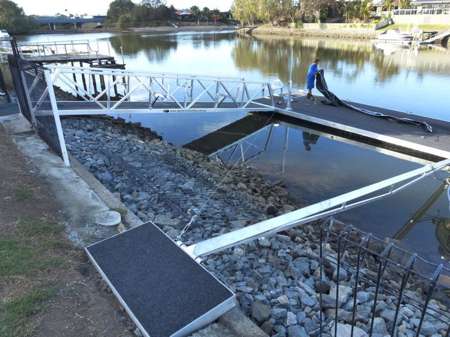
Piled pontoons are the most heavy duty of all systems, although there are a range of different types of piles the first (common) type are insitu piles, these you will have probably seen around are white in colour. Insitu piles are prefabbed onsite, the first step is jetting in the white sleeve into the sand/mud or clay then when at the required seabed depth the re-bar cage is added and finally concrete is pumped inside the pile. These piles are common as they are normally a cheaper option compared with the pre-performed piles called Rocla piles. This brings us onto the Rocla piles these are a concrete colour finish and are mainly used on main rivers and high traffic areas along with on larger pontoons generally around 12m+ due to weight and size.



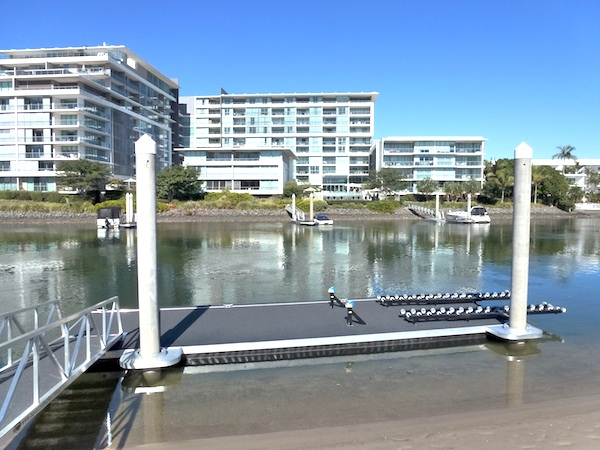
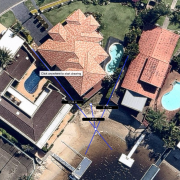

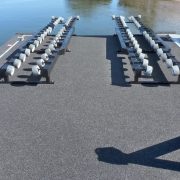
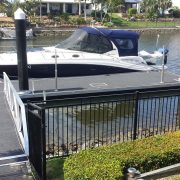

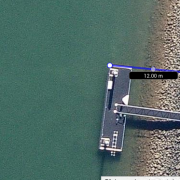
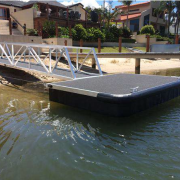


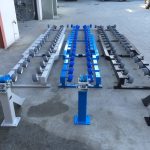
Leave a Reply
Want to join the discussion?Feel free to contribute!